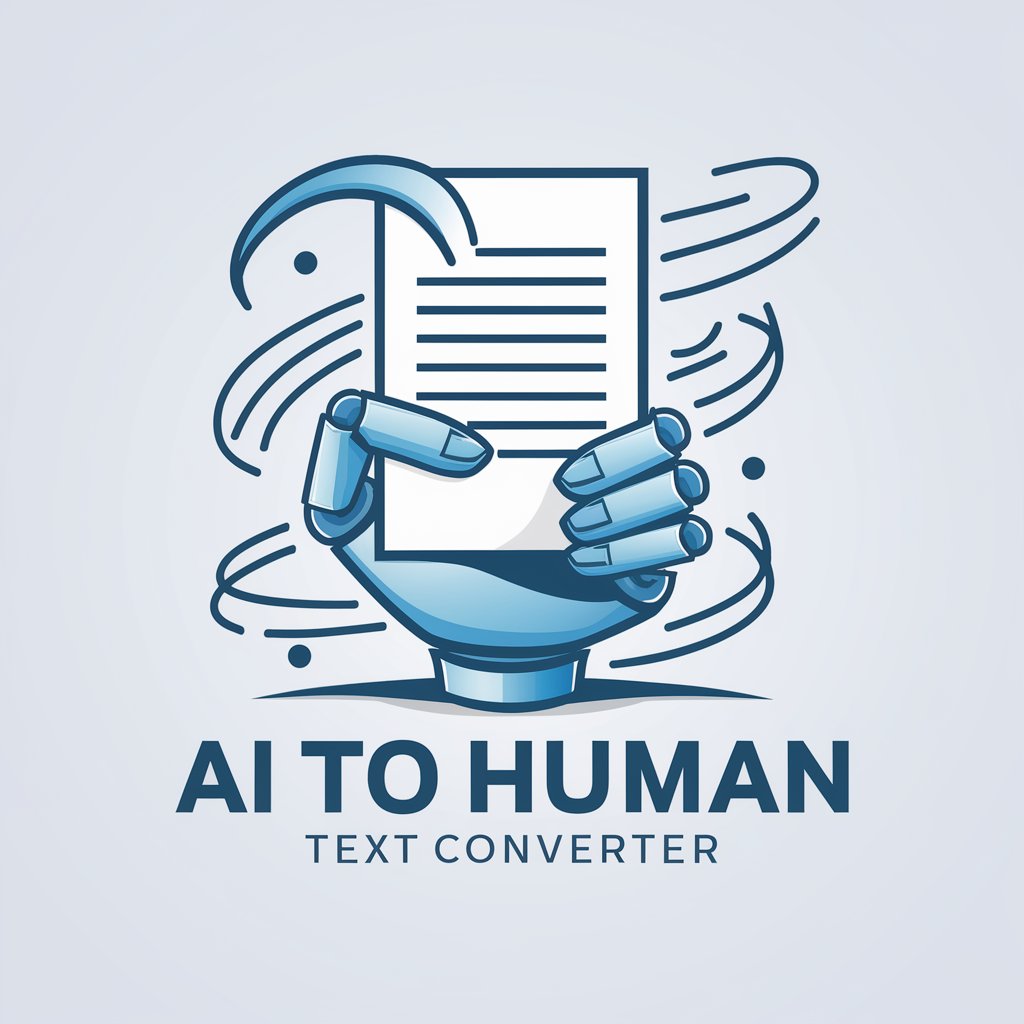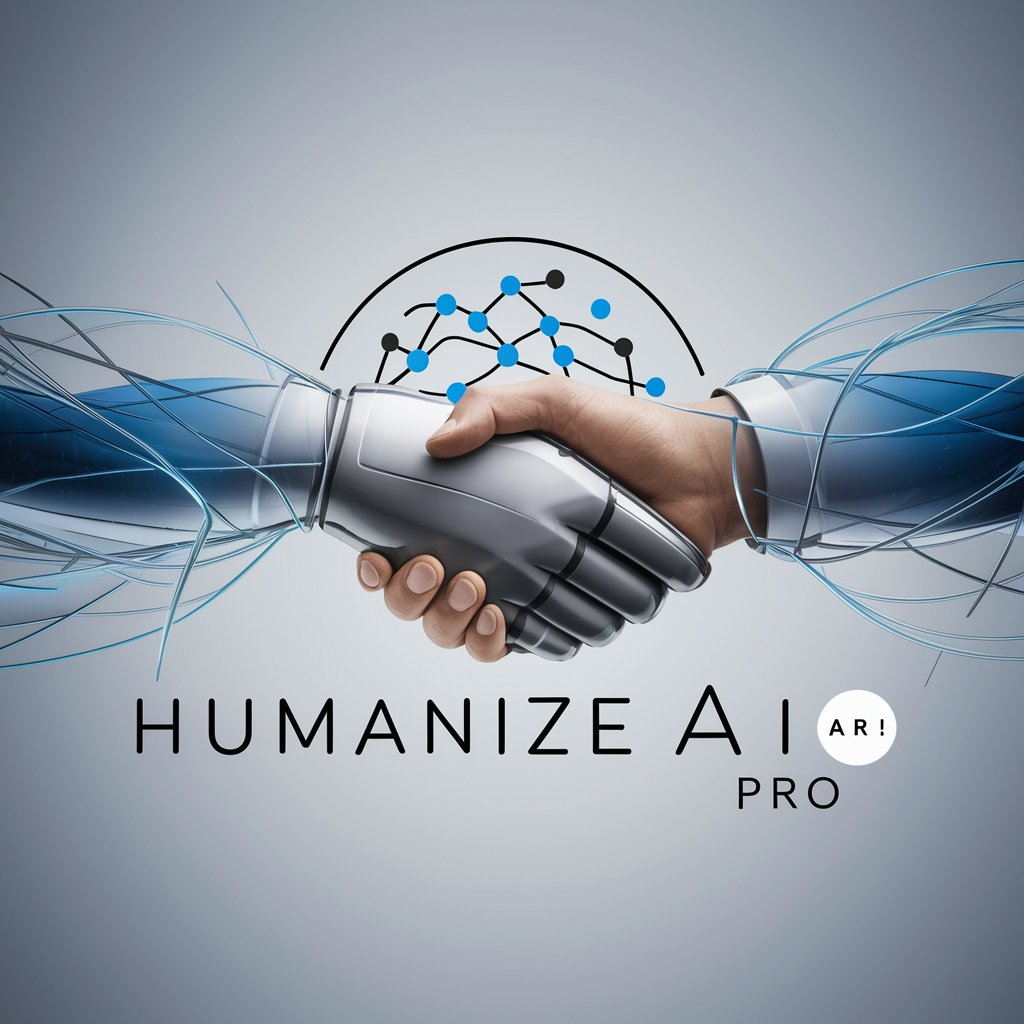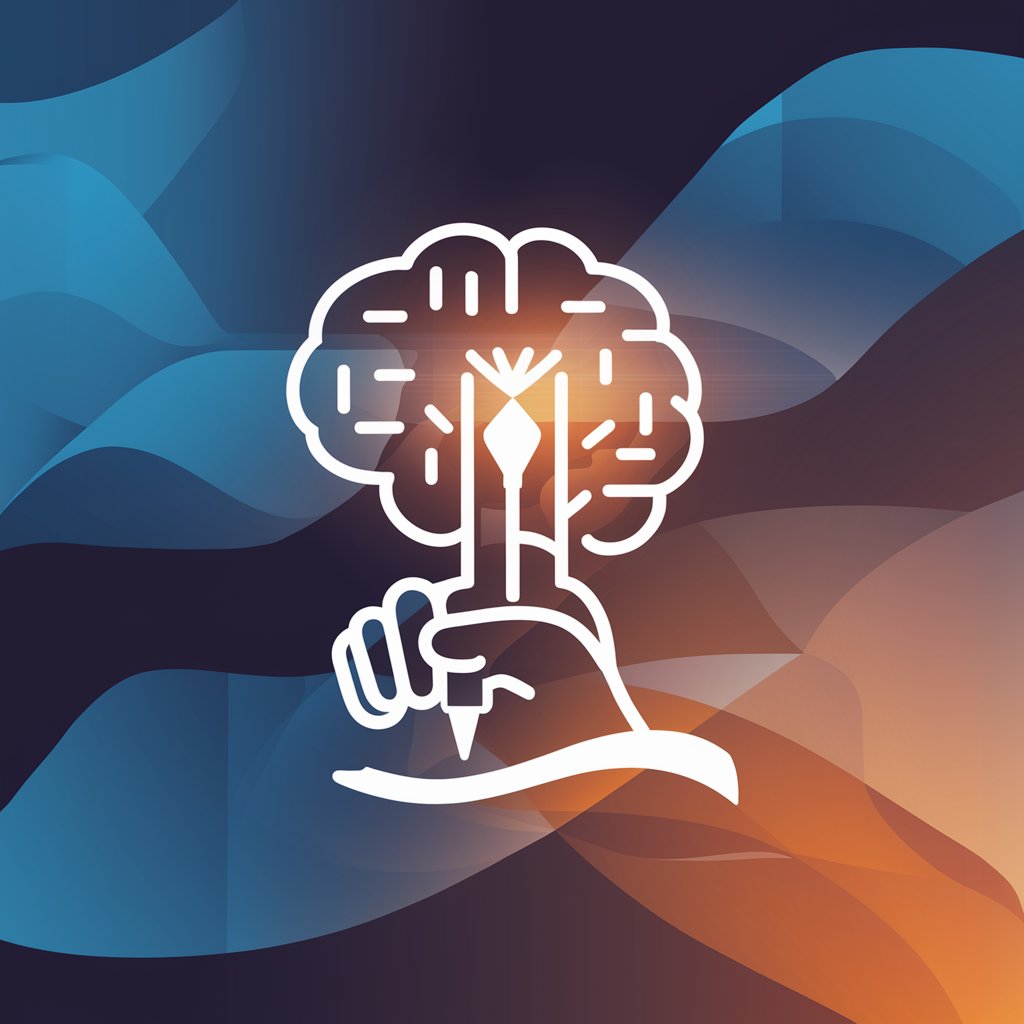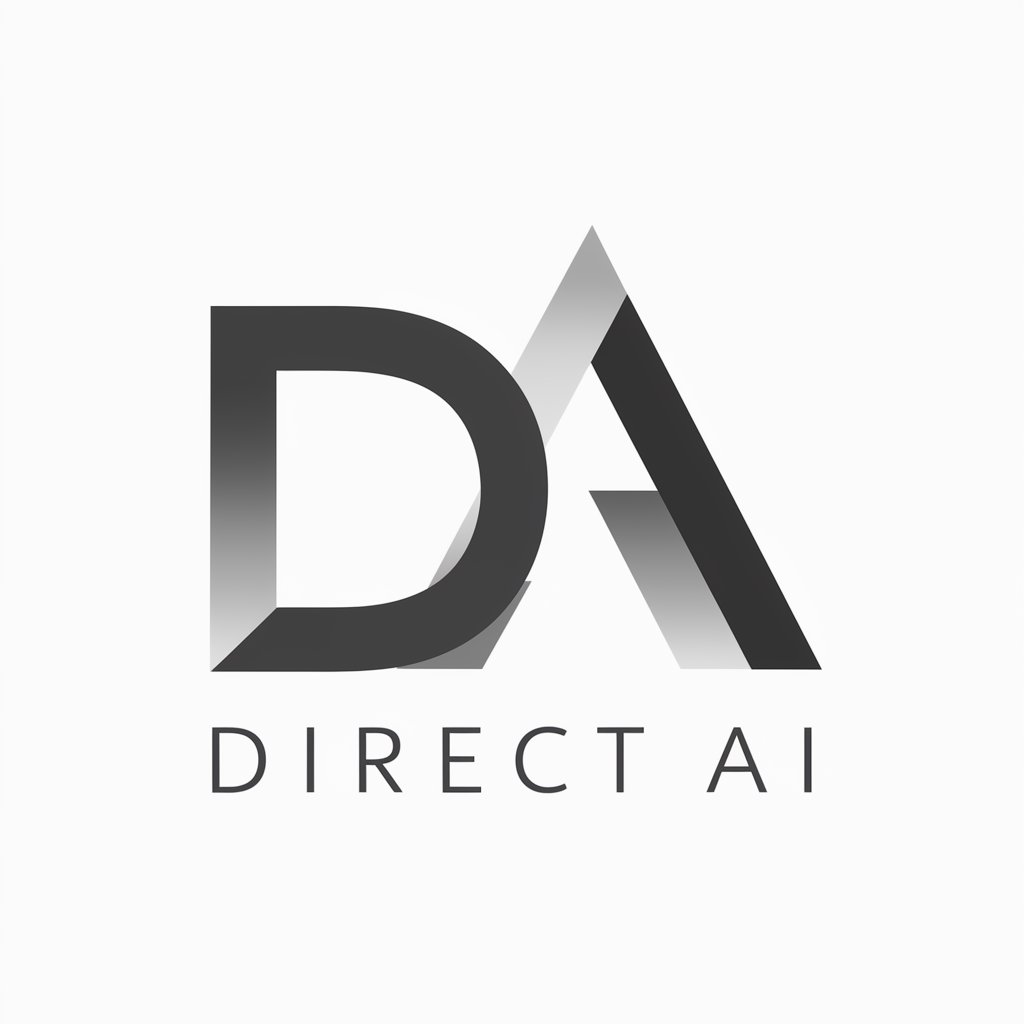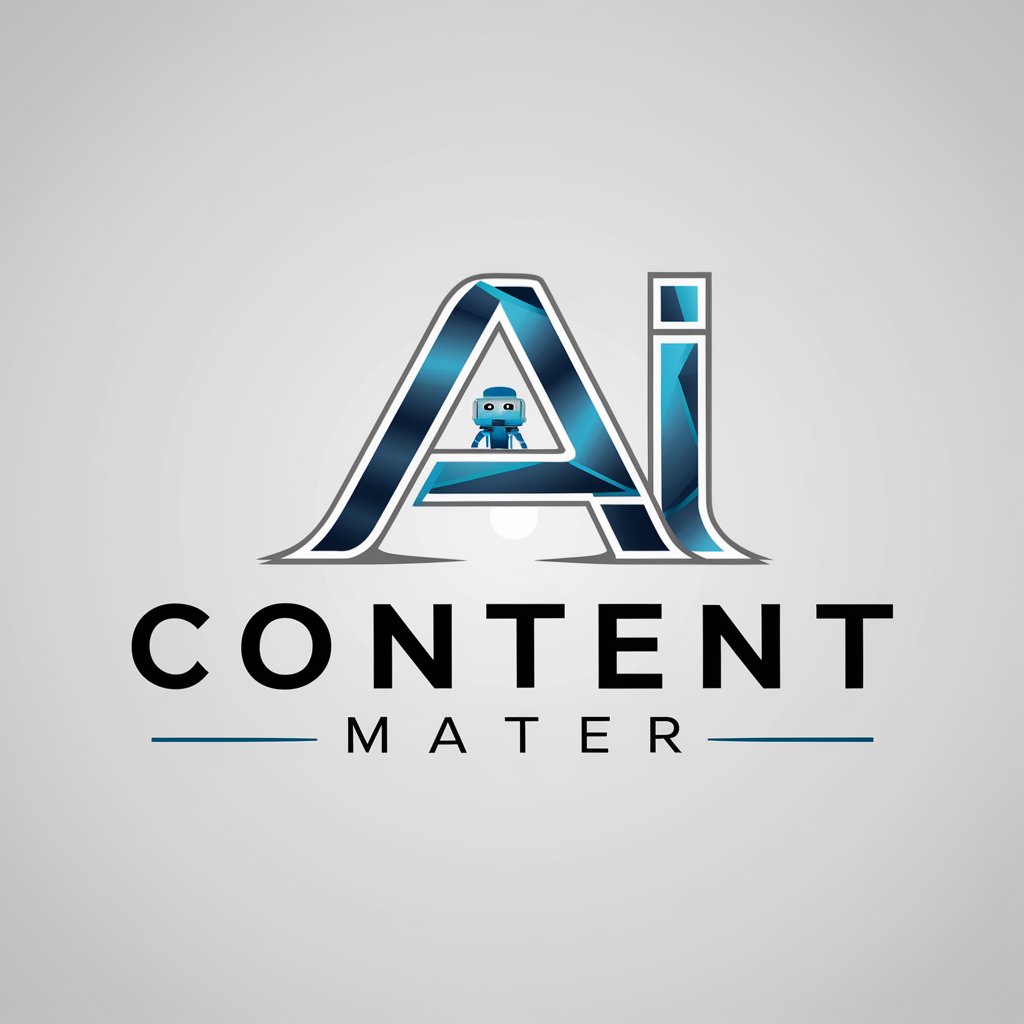
AI or Human? - AI Origin Detector

Hi! Send me content and I'll tell you if it's AI or human-made.
Discerning AI from Human Creativity
Is this text AI or human-made?
AI-generated or human-crafted image?
Tell me if this code is AI or human-written.
This article: AI or human-authored?
Get Embed Code
Overview of AI or Human?
AI or Human? is designed to discern between AI-generated and human-created content across various formats including text, images, and code. This capability is rooted in analyzing features that distinguish AI outputs from those of humans, such as patterns, inconsistencies, or the presence of certain markers known to be indicative of AI generation. For example, in text analysis, AI or Human? might evaluate the language complexity, emotional depth, and error patterns to make its determination. Similarly, for images, it could assess the level of detail, anomalies, or the consistency in lighting and shadows. Powered by ChatGPT-4o。

Core Functions of AI or Human?
Text Analysis
Example
Evaluating a piece of writing to determine if it's AI-generated or written by a human. For instance, checking a suspiciously polished essay for signs of AI authorship.
Scenario
Academic institutions might use this to verify the authenticity of student submissions.
Image Analysis
Example
Determining the origin of digital artwork, distinguishing between AI-generated images and those created by human artists. This involves looking for tell-tale signs of AI generation, like unusual patterns or discrepancies.
Scenario
Art collectors or galleries could apply this to ensure the authenticity of purchased artworks.
Code Analysis
Example
Analyzing snippets of code to ascertain whether they were generated by an AI tool or a human programmer. This could involve checking for coding style, complexity, and potential errors that are characteristic of AI tools.
Scenario
Tech companies might use this function during the recruitment process to ensure code samples provided by applicants are their own work.
Who Benefits from AI or Human?
Educational Institutions
Schools and universities can leverage AI or Human? to detect AI-generated assignments or research papers, upholding academic integrity.
Art Collectors and Galleries
These entities can use the service to authenticate artwork, distinguishing between AI-generated pieces and genuine human-created art to maintain value and provenance.
Technology Companies
Companies can utilize AI or Human? to verify the authenticity of coding samples in recruitment processes, ensuring that prospective employees' submissions are their own work.

Guidelines for Using AI or Human?
1
Start by visiting yeschat.ai for a free, no-login trial, bypassing the need for ChatGPT Plus.
2
Upload or paste your content (text, image, or code) into the provided field to submit it for analysis.
3
Specify the type of analysis needed: AI-generated or Human-generated identification.
4
Review the results, which will categorize the content as either AI-generated or Human-generated.
5
Use the insights for content verification, educational purposes, or to understand AI capabilities.
Try other advanced and practical GPTs
Swift Copilot
Elevate Your Swift Coding with AI
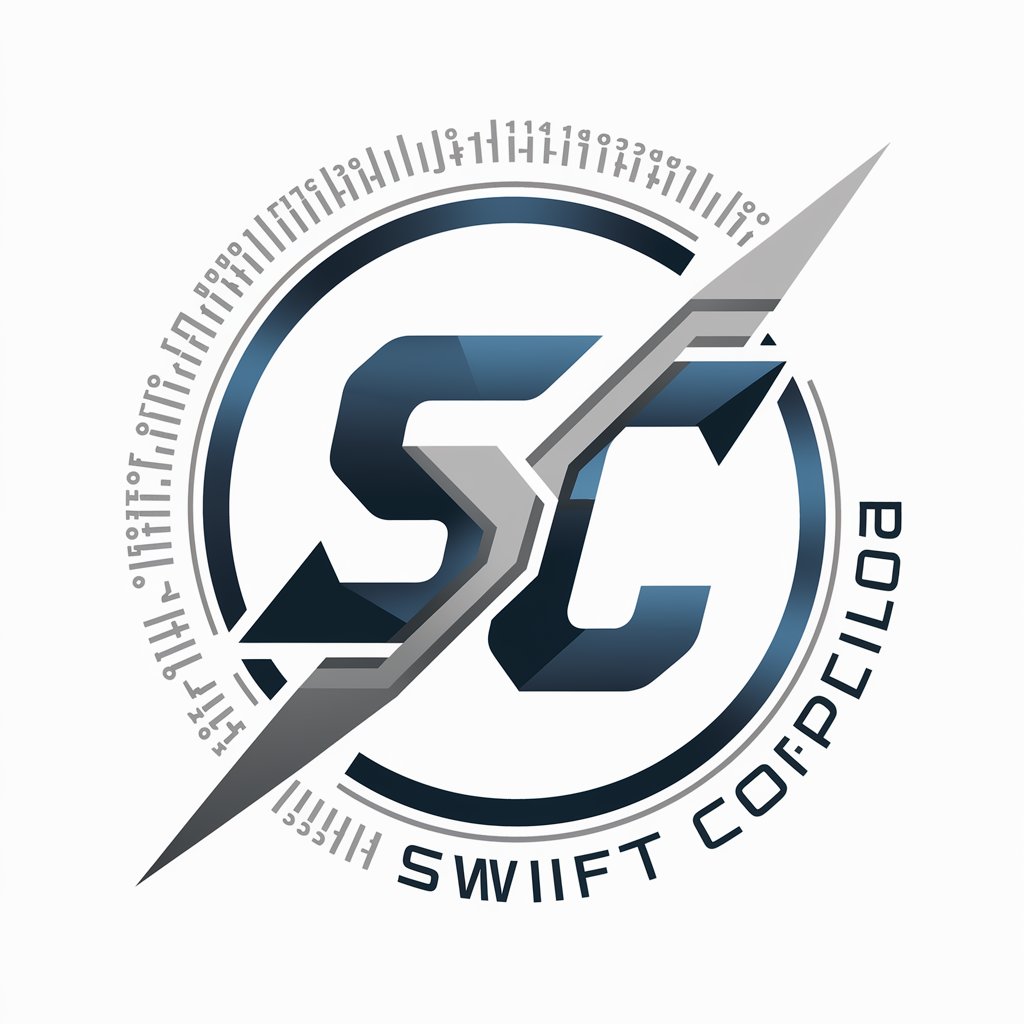
Night Shift
Empowering night shift workers with AI

Click Shift
Unify Your Marketing Efforts with AI

Mind Shift
Empower Your Thoughts, Transform Your Life

Paradigm Shift Guide
Transform Your Mindset with AI

Excel Shift Optimizer
Streamline shift planning with AI efficiency.

OR Adviseur
Empowering Works Councils with AI-Driven Legal Advice

OR Solver
Optimize with AI-powered OR Solver

Upgrade iPhone or Wait?
Smart, personalized iPhone upgrade guidance.

OR Solver
Optimize with AI, Solve Efficiently
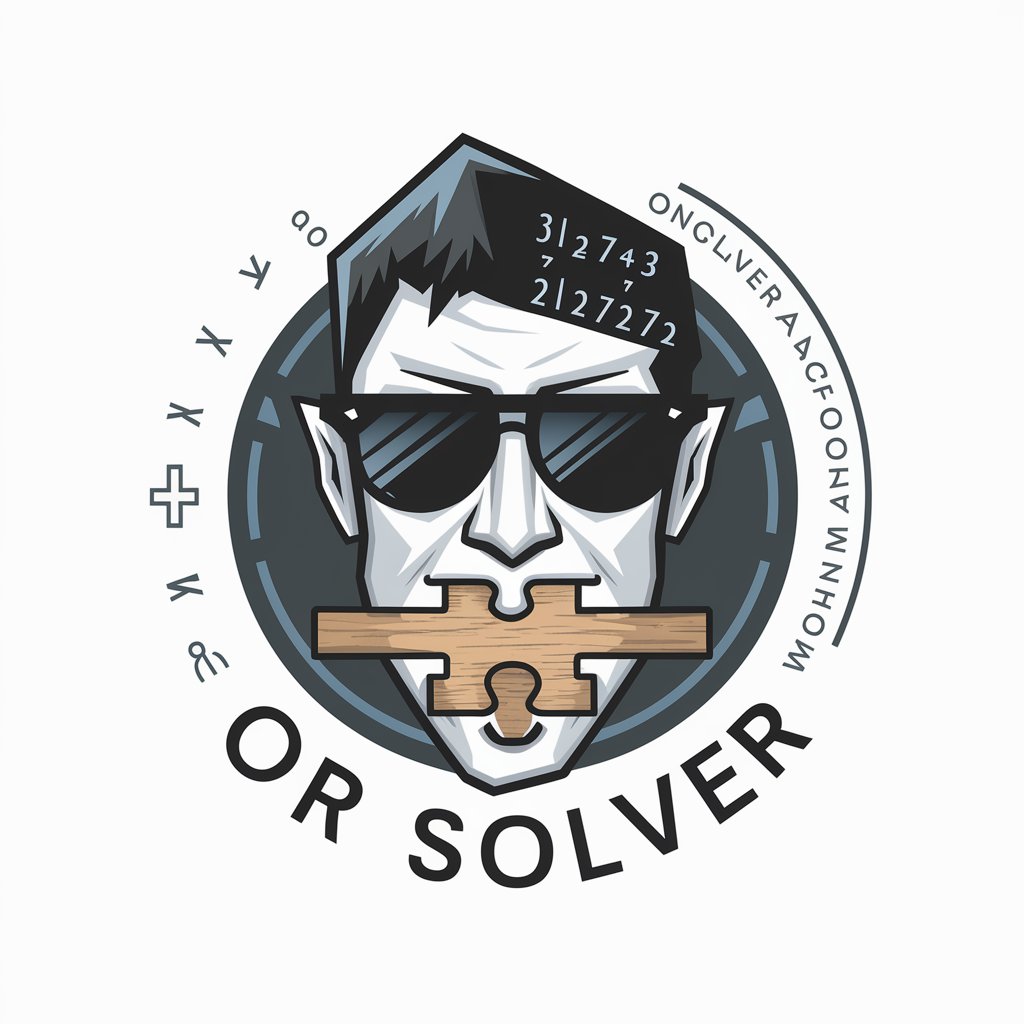
No Killer No Filler
Elevate Your DJ Skills with AI-Powered Insights

No Cap News
Revolutionizing news with AI-powered rap narratives.

Frequently Asked Questions about AI or Human?
What types of content can AI or Human? analyze?
AI or Human? can analyze text, images, and code to determine their origin - AI-generated or human-made.
Is AI or Human? effective in detecting all AI-generated content?
While highly accurate, it may not detect every instance due to the evolving nature of AI technology.
Can AI or Human? help in academic settings?
Yes, it's useful for distinguishing between student-created work and AI-generated content.
Is AI or Human? only for tech professionals?
No, it's designed for a broad audience, including educators, content creators, and general users.
How does AI or Human? improve over time?
It continuously learns from new data, enhancing its ability to differentiate between AI and human creations.
